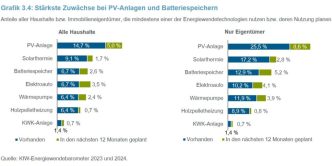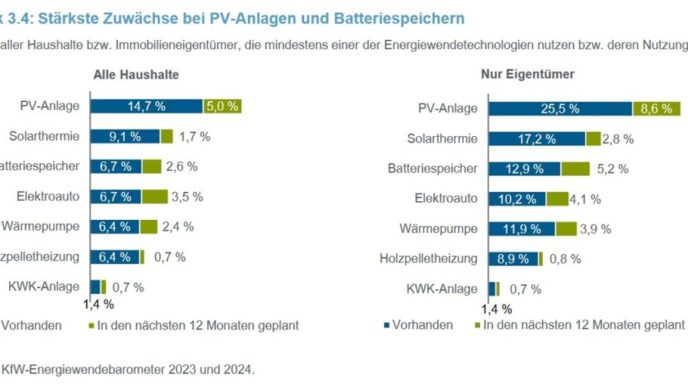
Cambridge, MA, September 12, 2024 — The MIT Energy Initiative, in collaboration with the MIT Plasma Science and Fusion Center, has released a new report that shows that fusion energy could be a major contributor in future electric power systems and identifies what is required to achieve that potential. This report, The role of fusion energy in a decarbonized electricity system, is the culmination of a one-and-a-half-year study and serves as a fact-based, analysis-driven examination of the factors likely to shape the deployment and utilization of fusion energy.
“With more than 40 fusion startup companies and more than 100 government-supported fusion projects, there has never been more momentum and enthusiasm for the potential role for fusion in the energy transition,” says Robert C. Armstrong, the former director of the MIT Energy Initiative and Chevron Professor of Chemical Engineering, Emeritus, who led the study. “People are tremendously interested in understanding how fusion power plants could transform electricity generation in the decades ahead.”
The global demand for electricity continues to rise, and at the same time the systems delivering this electricity supply are under intense pressure to decarbonize to achieve net-zero carbon goals. While variable renewable energy sources such as wind and solar can deliver low-carbon power at scale, they require large-scale energy storage to balance supply and demand.
Fusion energy has the potential to help contribute to a reliable, decarbonized energy system. Fusion is complimentary to other low-carbon technologies and has several advantages that are especially important in a decarbonized world: high power density, good siting flexibility, the ability to deliver “firm” power (in other words, power that can be counted on to meet demand when needed in all seasons), and no greenhouse gas emissions.
This study applied a multi-disciplinary approach using techno-economic analysis and modeling to investigate the factors, such as cost and climate policy, that will impact the deployment of fusion power plants.
Dennis Whyte, the Hitachi America Professor of Engineering and co-principal investigator of the study, adds that this is “an important contribution to fusion commercialization because it provides economic targets for the use of fusion in electricity markets. This better quantifies the technical design challenges for fusion developers with respect to pricing, availability, and load following.”
The report identifies several key findings that emerged from this study:
- Fusion has a potential societal value in the trillions of dollars in a decarbonized world.
- The scale of fusion deployment in the electricity system will depend on fusion power plant costs.
- The scale and timing of fusion deployment in different regions of the world will be driven by economic growth, population density, electrification needs, regional costs, decarbonization targets, relative prices of electricity, limitations of fission-based nuclear generation, and resource availability for other low-carbon technologies (wind, solar, and biomass).
- The scale of fusion deployment in the electricity system will highly depend on the availability and cost of other low-carbon technologies and on how tightly carbon emissions are constrained in the future.
- Key cost drivers for fusion power plants include reactor equipment cost, regulatory considerations, and operations and maintenance costs.
To present the study’s findings, the research team is hosting a webinar today, September 12, and a rollout event on MIT’s campus on October 17. Visit energy.mit.edu/events for more details and registration information.
Media Inquiries:
MIT Energy Initiative
Email: miteimedia@mit.edu
Telephone: (617) 258-8891











